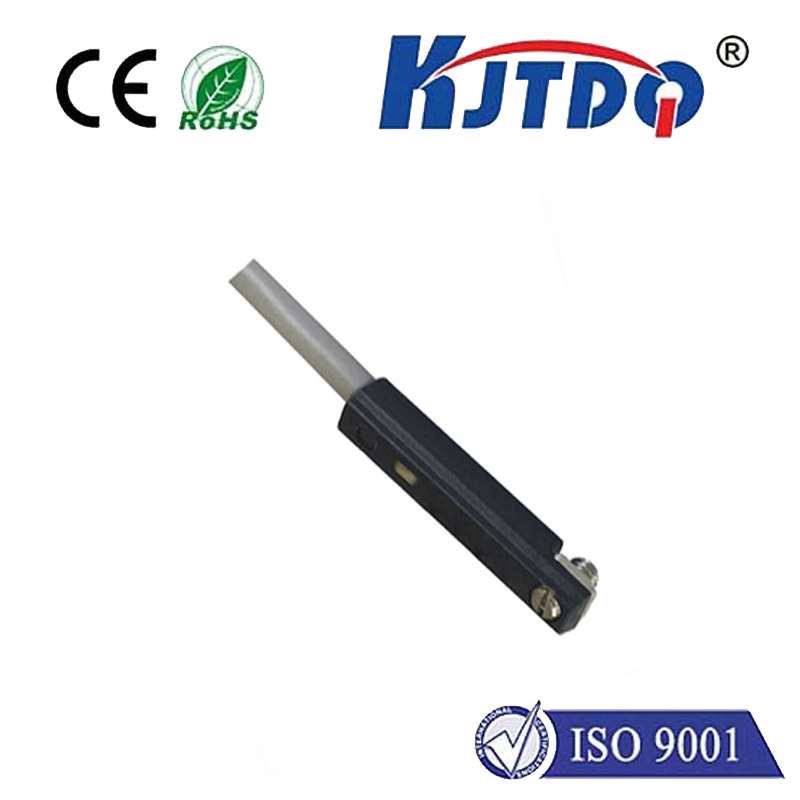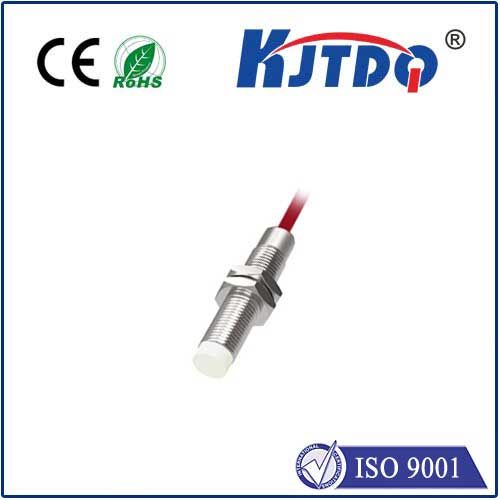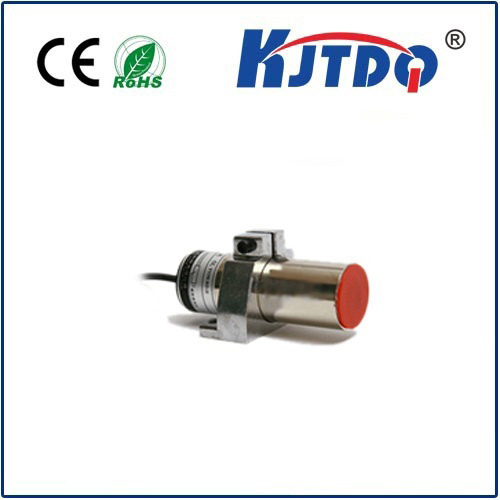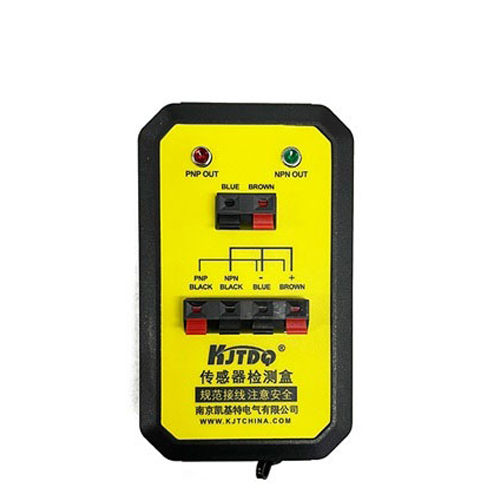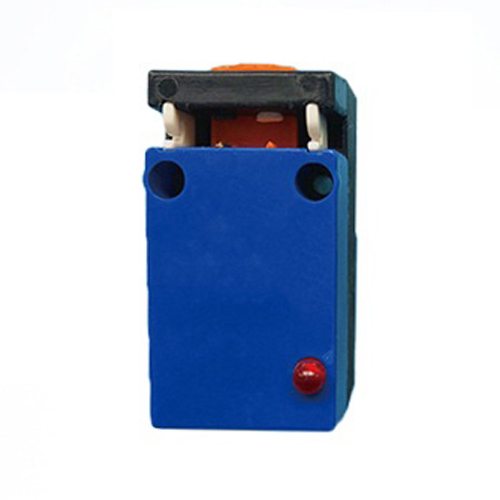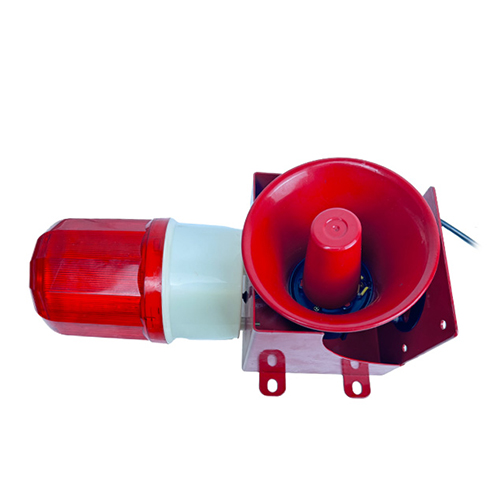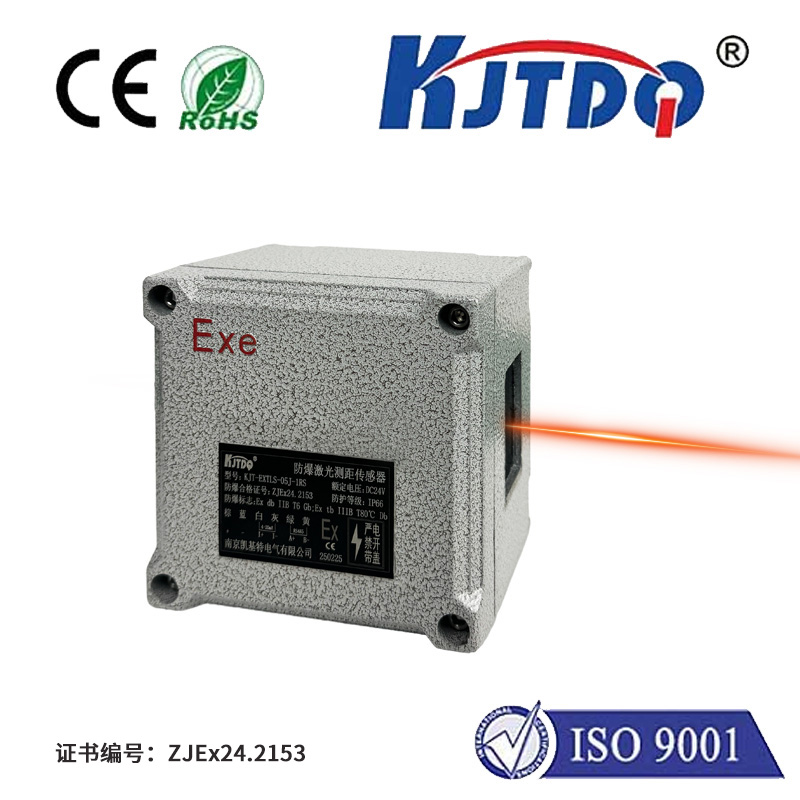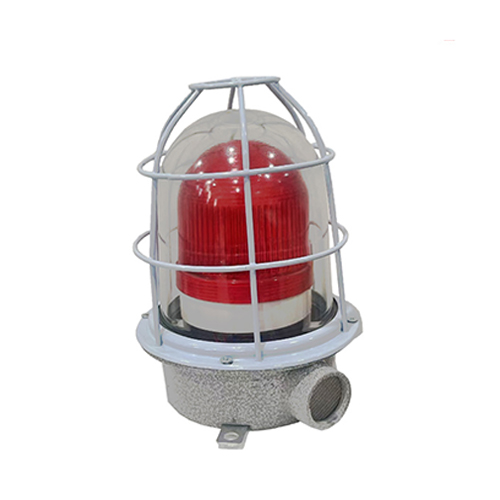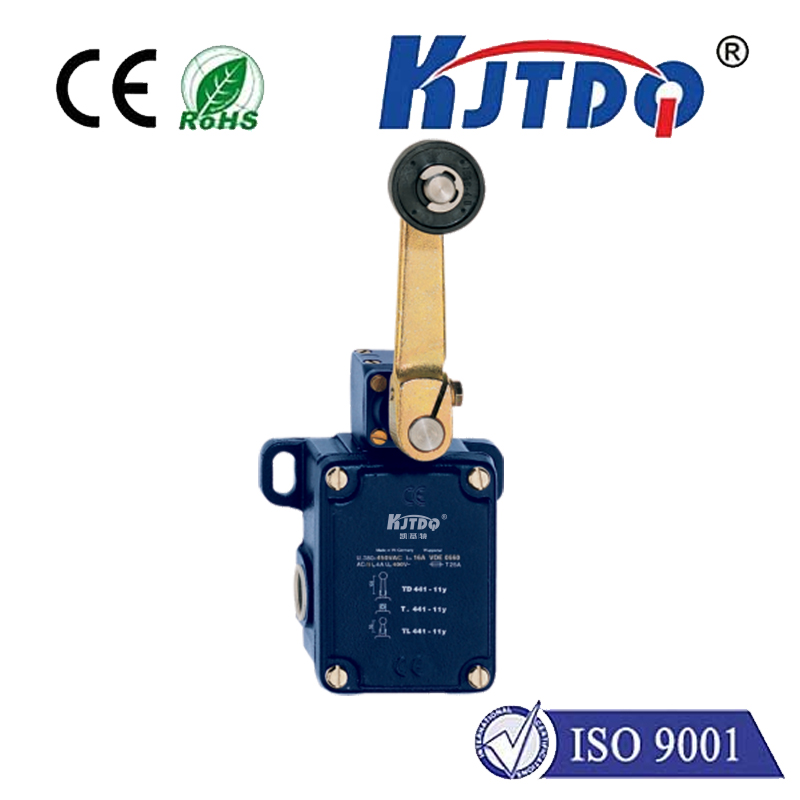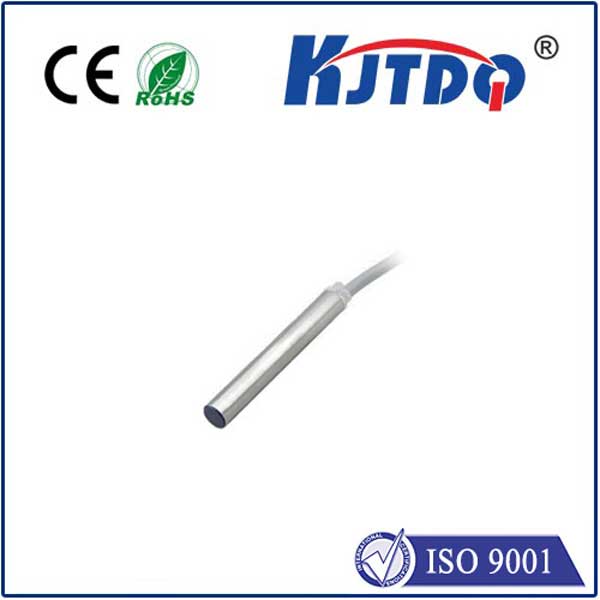Лазерный датчик на основе изображений
- time:2025-08-28 00:00:12
- Нажмите:0
The Art of Seeing the Small: How Image Based Laser Sensors Revolutionize Precision Measurement
Imagine needing to measure the exact contour of a delicate turbine blade, the microscopic height variations on a silicon wafer, or the gap width between two moving parts on a high-speed assembly line. Traditional contact tools falter here. They might scratch surfaces, be too slow, or lack the resolution needed. This is where image based laser sensors step onto the stage, transforming the invisible into quantifiable data with remarkable speed and accuracy. Far more than just a laser pointer or a camera alone, these sophisticated instruments represent the powerful synergy of optical triangulation, high-resolution imaging, and advanced processing, unlocking a new realm of non-contact precision.
Understanding the Core Principle: Laser Triangulation Enhanced by Vision
At its heart, an image based laser sensor leverages the fundamental principle of Лазерная триангуляция. Here’s how it fundamentally works:
- Laser Projection: The sensor projects a precisely focused laser line or dot onto the target surface.
- Surface Interaction: This laser line interacts with the surface. If the target is perfectly flat and aligned, the line appears straight. Any variation in height (distance from the sensor) or surface profile causes the projected line to deform or shift its position.
- Imaging the Deformation: This is where the “image based” aspect becomes critical. A high-resolution, calibrated camera within the sensor captures the image of this laser line. The camera is positioned at a known angle relative to the laser projector.
- Processing the Image: Sophisticated onboard algorithms analyze the exact position and shape of the laser line within the captured image. By knowing the fixed geometric relationship (angle and baseline distance) between the laser projector and the camera (forming a triangle), the sensor calculates the height or displacement of each point along the laser line relative to a reference point.
This process transforms a simple laser line image into a rich dataset representing the 3D profile of the surface it illuminates. The resolution and accuracy hinge directly on the quality of the camera, the precision of the laser optics, and the sophistication of the image processing algorithms.

Why Choose an Image Based Laser Sensor? The Compelling Advantages
Moving beyond the fundamental principle, the unique architecture of these sensors delivers significant advantages over other measurement techniques:
- Non-Contact Measurement: Eliminates the risk of damaging delicate surfaces or altering the position of lightweight objects. Essential for fragile components, high-speed lines, or sterile environments.
- High Speed and Resolution: Capable of capturing thousands of profile points per second with micron-level resolution, enabling real-time process control and inspection at production line speeds.
- Robust Performance: Less susceptible to variations in target color, texture, or ambient light compared to purely vision-based systems (without a laser). The high-contrast laser line provides a consistent, easily detectable feature.
- 3D Profiling Capability: By scanning the laser line across an object (or if the object moves under the sensor), a comprehensive 3D surface map (point cloud) can be generated, revealing intricate topographies. This makes them ideal for surface inspection, profile gauging, and contour measurement.
- Многогранность: Suitable for a vast range of materials – metals, plastics, rubber, glass, ceramics, and more – as long as the surface diffusely reflects the laser light. Effective on smooth, rough, dark, or light surfaces.
- Reliable Gap and Edge Detection: Excels at precisely measuring gaps, steps, heights, widths, and detecting edges – even under challenging lighting conditions.
Where Precision Makes the Difference: Key Applications
The unique capabilities of image based laser sensors make them indispensable across numerous demanding industries:
- Industrial Automation & Manufacturing: Real-time monitoring of part dimensions, weld seam tracking and inspection, robotic guidance (bin picking, path correction), precise assembly verification (gap & flush measurements), and tube/profile inspection. Ensuring quality and consistency directly on the production floor.
- Electronics & Semiconductor: Measuring component coplanarity (flatness), solder paste volume inspection (SPI), lead frame inspection, wafer warpage measurement, and micro-component positioning. Critical for miniaturization and yield.
- Automotive: Comprehensive quality control including body-in-white (BIW) dimensional checks, panel gap analysis, tire tread depth measurement, brake disc thickness, and engine component inspection. Essential for safety and performance standards.
- Medical Device Manufacturing: Precise measurement of tiny components like syringes, catheters, implants, and pharmaceutical packaging. Guaranteeing strict tolerances and sterility assurance.
- Research & Development: Material testing (surface roughness, deformation under stress), 3D scanning for reverse engineering, fluid dynamics studies, and micro-positioning verification. Providing high-fidelity data for innovation.
- Battery Production: Inspection of electrode coatings, measurement of separator gaps, and checking pouch cell sealing integrity – crucial for safety and performance in the booming EV market.
Selecting the Right Tool: Key Considerations
To harness the full power of an Лазерный датчик на основе изображений, careful selection based on the specific application is crucial:
- Measurement Range & Standoff: The distance needed between the sensor and the target surface.
- Resolution & Accuracy: The smallest detectable change and the closeness to the true value required. Higher resolution often means a smaller measurement range.
- Laser Line Length & Width: Dictates the width of the profile captured and the minimum feature size detectable. Fine laser lines are needed for high-resolution tasks.
- Field of View (FOV): The area the sensor can “see” perpendicular to the laser line direction. Determines the coverage per scan.
- Measurement Rate (kHz): How many profiles per second the sensor can capture. Vital for high-speed applications.
- Environmental Factors: Resistance to ambient light interference, temperature stability, vibration resistance, and IP rating for dust/water protection.
- Output Interfaces: Compatibility with PLCs, PCs, or proprietary controllers (e.g., Ethernet/IP, Profinet, RS232, EtherCAT, analog I/O).
Beyond the Line: The Evolving Landscape
While laser line projection is the most common configuration, exciting advancements are pushing boundaries. Some image based laser sensors now utilize multiple lasers, structured light patterns, or combine different optical techniques for even greater capabilities – like measuring highly reflective surfaces, overcoming occlusion challenges, or achieving sub-micron resolution. Integration with AI and machine learning is also enhancing defect recognition and automated decision-making directly at the sensor level. These innovations continue to expand the horizons of what non-contact metrology can achieve.
From the factory floor to cutting-edge labs, image based laser sensors have become the silent workhorses of precision. By transforming a beam of light and its captured reflection into actionable insights, they provide the critical dimensional data that drives quality, efficiency, and innovation. Their unique blend of non-contact operation, high speed, exceptional resolution, and robust performance ensures they will remain fundamental tools wherever seeing – and measuring – the finest details matters most.

